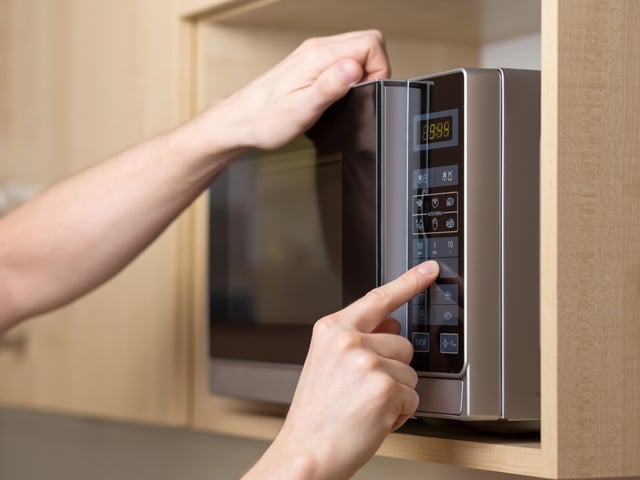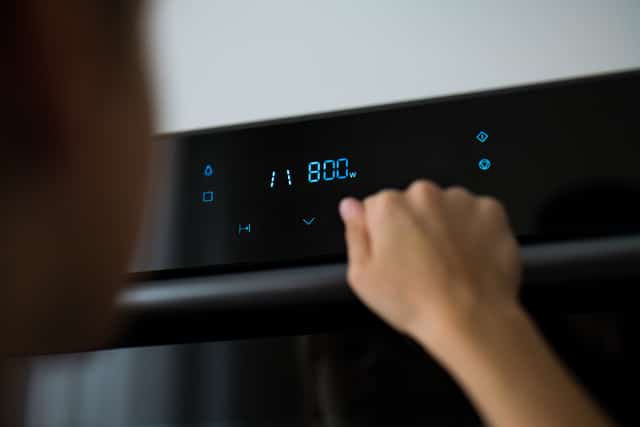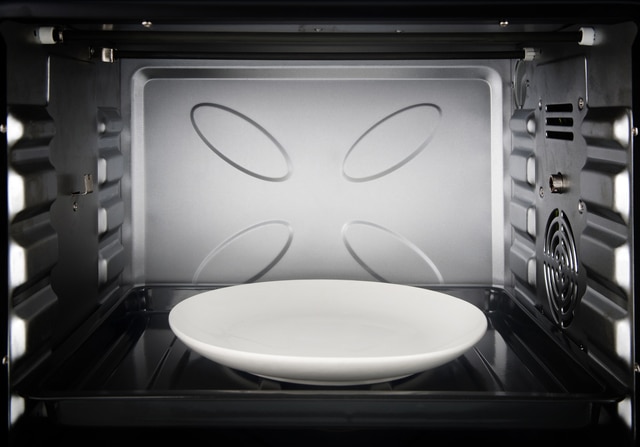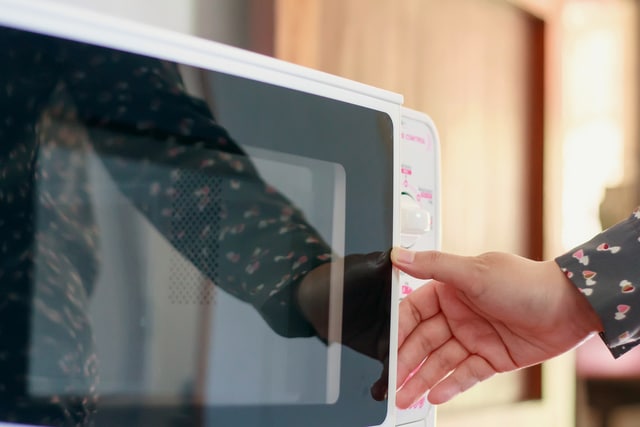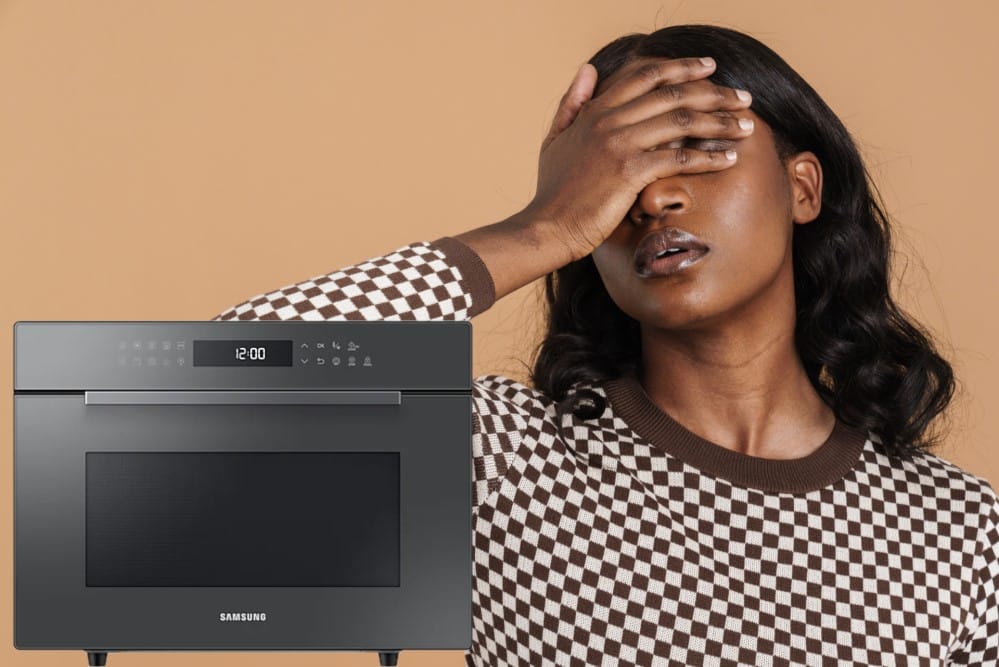
Finding a reliable oven is challenging for many households, but Samsung has become a popular choice. Samsung has a wide range of ovens, including convection and grill ovens.
All the ovens are designed with advanced cooking features, but there are some problems associated with Samsung ovens that we are mentioning, along with the solutions!
Samsung Oven Problems
- Unable To Press The Buttons Properly
The ovens are designed with multiple buttons that help start the cooking function, select the cooking function, and make changes to time and temperature. However, if you are unable to press the buttons properly, it could be due to several reasons.
- Clean The Buttons
Since ovens are installed in kitchens, food debris, dirt, and grease can build up in the buttons, which impacts their movability. So, remove the buttons and use a dishwashing liquid to clean the buttons’ internal side. In addition, you must dry the button before you install it.
- Moisture
If your oven is designed with a touch panel, it’s likely that there is moisture on the display panel. So, just take a paper towel and clean the digital panel. Once the panel is dry, try pressing the buttons.
- Lock Function
Samsung ovens are designed with a lock function, which allows the users to lock the oven if they don’t want anyone to make changes to the settings.
So, if the lock function is enabled, you won’t be able to press the buttons, and the only solution is to disable the lock function – you can press the lock button on the panel for disabling.
- Time Is Not Displayed
The oven is designed with a timer panel, which allows the users to select and keep an eye on the cooking time. However, if the panel is not displaying the time, it’s likely that the oven isn’t connected to power.
The solution is to turn on the power button and make sure the power cord is plugged into a functional wall outlet.
- Power Keeps Turning Off
If you have selected the cooking function, but the oven keeps turning off, it’s recommended that you turn off the oven immediately to prevent permanent damage to the internal components. There are four potential reasons behind this issue, such as;
- Overheating
The oven also needs to cool down because an overheated oven can be a fire hazard. For this reason, we recommend that you touch the oven’s walls, and if they are too hot touch, you should keep it off for a few minutes.
In most cases, it happens when the cooking function you’ve selected takes a long time to complete. Once the oven cools down, turn it on and use it.
- Cooling Fan
The cooling fan is responsible for regulating the oven temperature. If keeping the oven turned off doesn’t work and it has started to turn off again, we recommend that you check the cooling fan.
For this purpose, you’ve to turn on the oven and look for the cooling fan’s noise – if there is no whirring sound of the fan, the cooling fan is damaged and should be replaced.
- Ventilation
Another solution is to change the oven’s location because the oven needs ventilation to dissipate the built-up heat. In particular, you should leave two to three inches of space on all sides of the oven to prevent overheating.
- Socket
If you have connected your oven to a wall socket with multiple power plugs, it will result in an interfered power connection. Simply plug the oven’s power cord into the single wall socket (there must be no other power plugs connected to that socket).
- Unable To Open The Door
The oven doors are designed with strong seals to ensure they don’t open accidentally. However, if the oven door is not opening, it’s likely that the cooking function is still in process. Once the timer is over, the oven door will open easily.
On the other hand, if the oven door is not opening even after the timer is over, it’s likely that the door is dirty and clogged. The solution is to turn off the oven and release the door.
Once the door is removed, clean its locks as well as the seals. If there is dirt and grease, you can use degreasing dishwashing liquid to clean the door.
- Interior Light Is Not Turning On
Samsung ovens are designed with interior lights that turn on during the cooking or warming process – it helps keep an eye on the food. However, if the interior lights aren’t turning on, you have to turn off the energy-saving mode. It will ensure that lamp stays on all the time.
On the other hand, if the light is dim, food residues or grease have likely covered the bulb’s exterior. So turn off the oven, let it cool down, and use alcohol pads to clean the bulb’s exterior. If nothing works, it’s likely that the light is fused and has to be replaced.
- Electric Shocks
If you get electrocuted whenever you touch the oven, it can be extremely dangerous and is usually caused by a grounding issue.
It’s possible that the power supply hasn’t been grounded properly, or you have plugged the oven into a non-grounded wall socket. Reach out to a professional and ask them to complete the grounding process.
- Cooling Fan Keeps Running
The cooling fan is responsible for regulating the oven’s temperature to make sure it doesn’t overheat. However, if the cooking has been completed but the cooling fan is still running, you only have to wait.
That’s because the cooling fan is designed to run for twenty to thirty minutes after the cooking operation to make sure all the components are cooled down.
- Oven Is Not Heating
If an oven stops heating, it won’t be able to cook the food. First of all, you’ve to check and ensure that the door is properly closed.
This is because the oven doesn’t start cooking unless the door is properly closed and sealed for safety reasons. So, if the door is closed, but the oven is still not heating, try the following solutions;
- Power Supply
The oven must be plugged into a wall socket with a 240V power output. This is because Samsung has electronic ovens, and they need this voltage to operate.
In addition, you’ve to ensure that the power cord isn’t damaged – a damaged cord won’t be able to transmit the power signals, hence the heating issue. So, if the power cord is damaged, just get it replaced. Lastly, make sure that the circuit isn’t tripped.
- Demo Mode
The Samsung oven won’t be able to heat up when it’s in demo mode. The demo mode is used in showrooms to display the oven’s features without heating.
If the oven is in demo mode, the display panel will show codes like d, DEMO, tE 5t, and tESt. If this is the case, you have to consult the manual and turn off the demo mode to start cooking.
- Igniter
An igniter is responsible for gathering the electrical current that helps open the valve for seamless gas flow. As a result, it generates an electrical spark that lights up the gas, which initiates the cooking functions.
However, if the igniter is unable to gather the current or create a spark, it won’t heat up the oven. When you turn on the oven, the igniter takes around ninety seconds to generate a spark.
Therefore, if the heating doesn’t start within ninety minutes, it means that the igniter is damaged and has to be replaced.
If the igniter is working, but the oven is still not producing enough heat, you have to check the heating element.
The heating element provides heat for roasting, baking, and other cooking functions, which means a broken element won’t let the oven produce heat. The solution is to hire an electrician and get the heating element repaired.
The Bottom Line
We have discussed common problems associated with Samsung ovens in this article. These ovens come with a long warranty period, and it’s better that you call Samsung customer support for a warranty claim whenever an issue arises.
However, if the warranty time is over, you must hire a professional technician to get the oven repaired.
